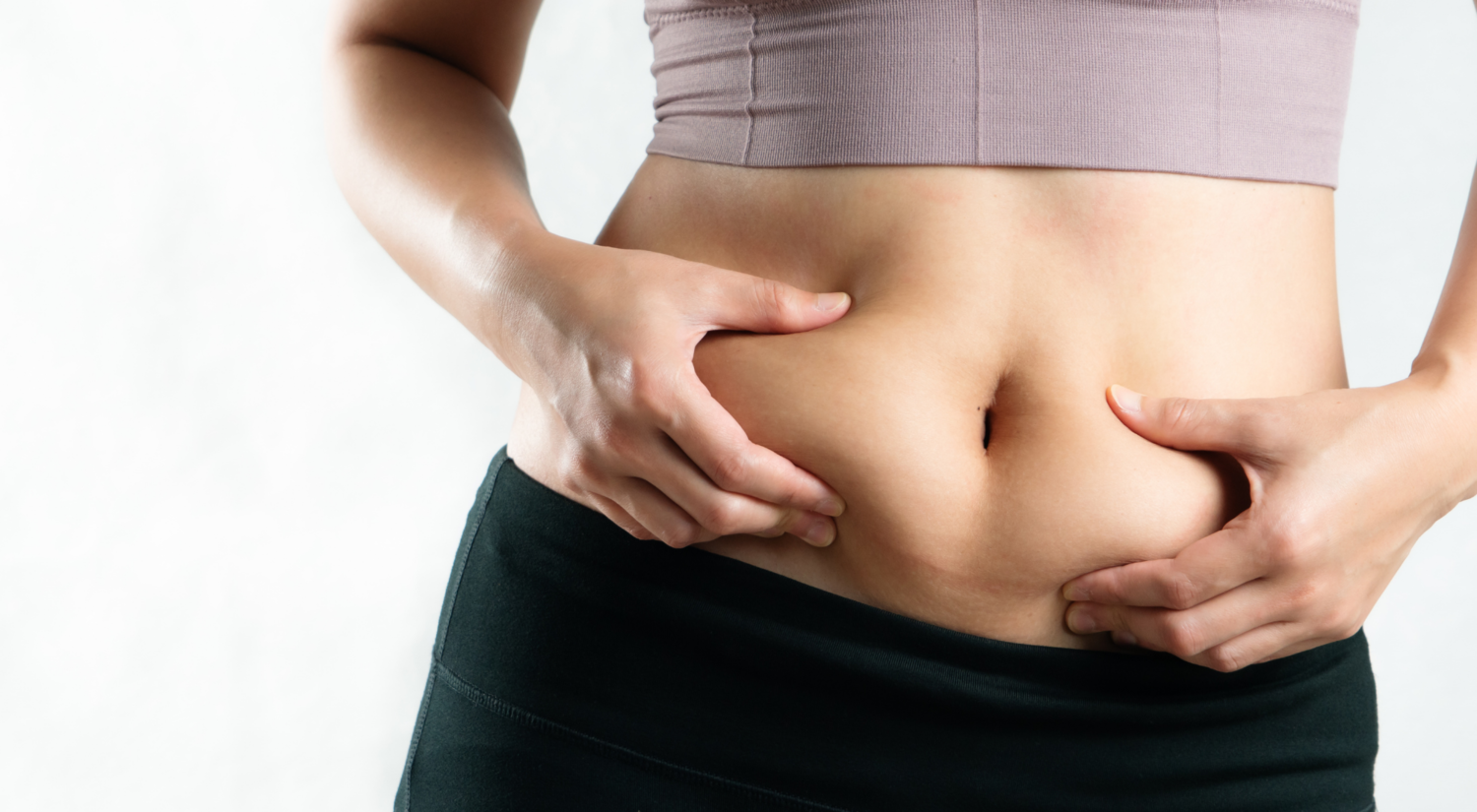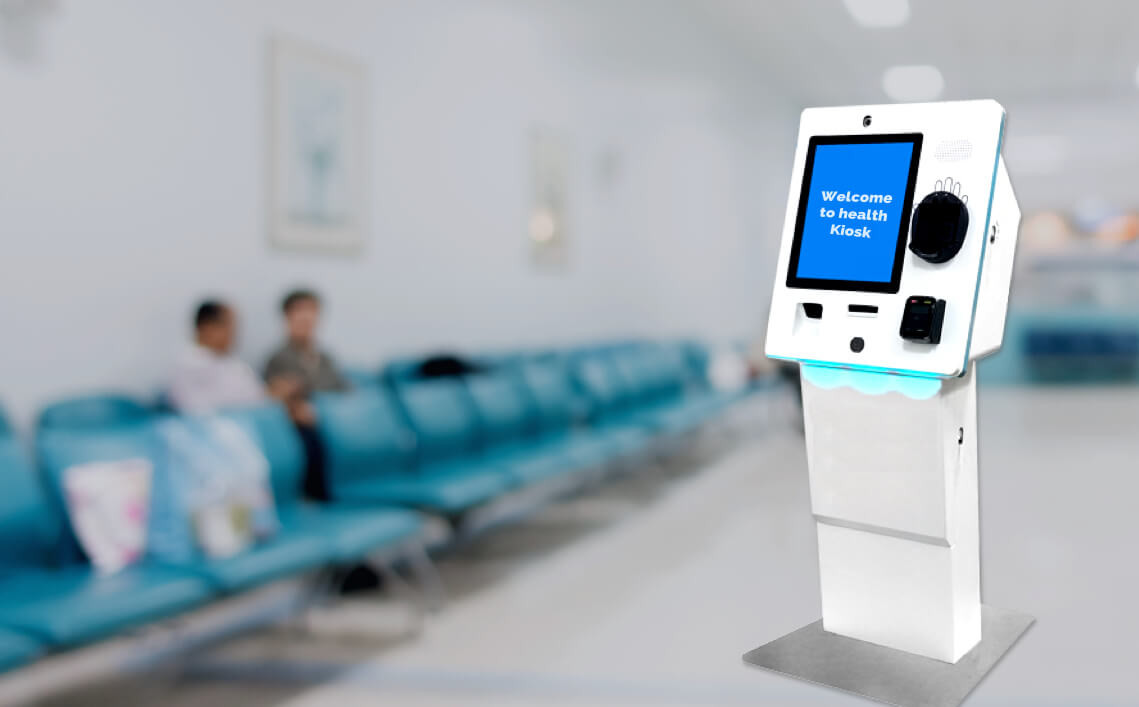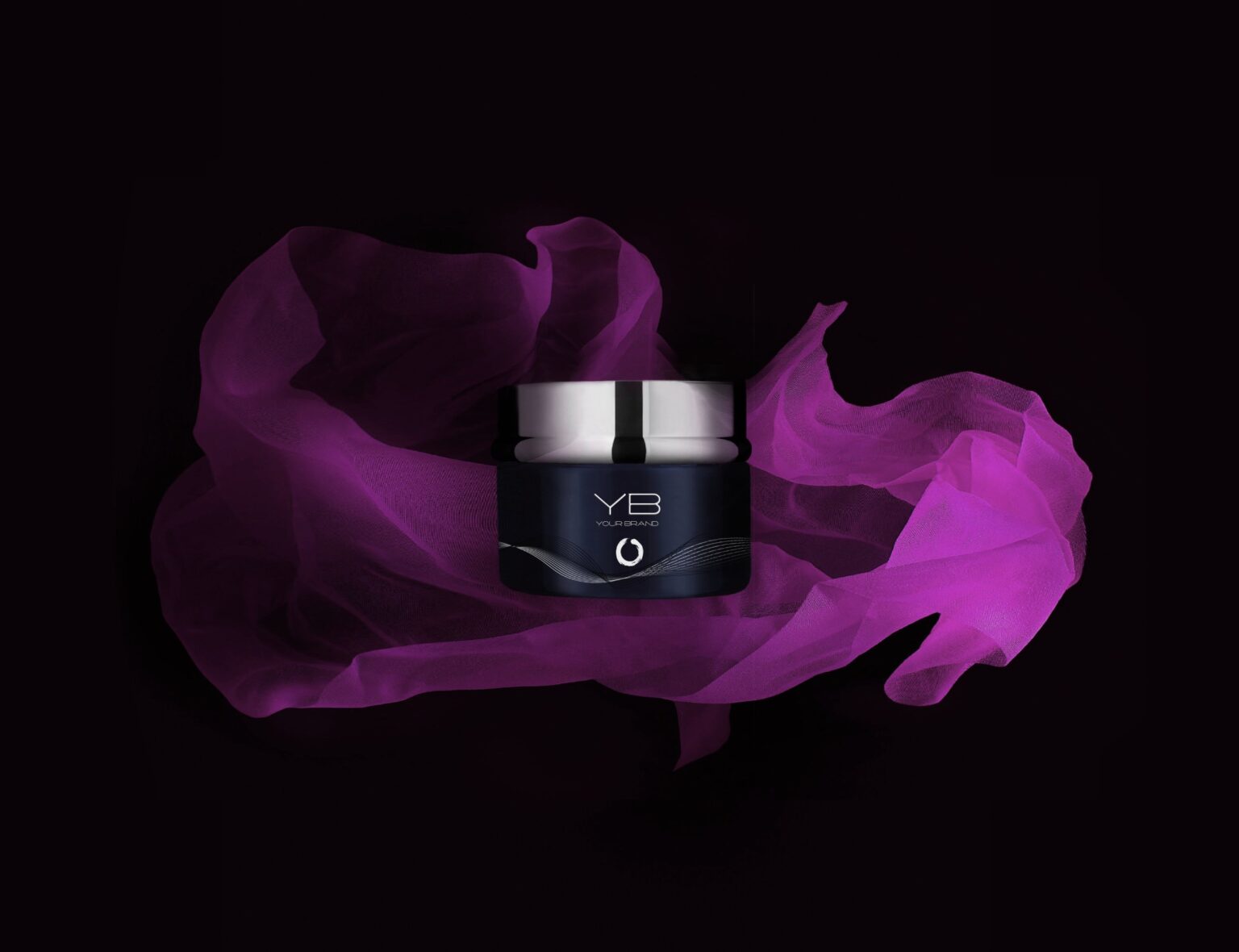
Do You Wish To Utilise Fat Freezing? Here’s All You Should Know!
Another name for cryolipolysis is fat freezing. Targeting only adipocyte fat cells while avoiding the blood vessels, muscles, and nerves, cryolipolysis is used to reduce excess fat under the neck, hamstrings, arms, thighs, hips, and upper and lower body back. As the title implies, cryo means cold, lipo means fat, and lysis implies you destroy. The suction from the fat freezing machine, which is applied over the fat tissue at a cold temperature, causes a squeezing and contracting sensation that gradually turns into numbness after 5 to 10 minutes. The region is massaged for two to three minutes after removing the machine after an hour to encourage the break – down of fat cells. The cold temperature destroys the fat cell, which triggers an inflammatory response that kills the fat cell.
What Time Do You Finish Cryolipolysis?
Both subcutaneous and visceral fat can be found on the lining of the heart, the liver, and other internal organs, as well as on the face, arms, buttocks, outer and inner thighs, and waistband. Cryolipolysis only targets fat under the skin. Cryolipolysis aids in body contouring by removing stubborn fat from areas of the body that refuse to lose weight despite dieting and exercise, such as the area around the waist. If a person is physically active but still unable to lose fat, it is only performed on a specific or localised area of the body for a gentle fat reduction. Before preparing for the procedure, it is advisable to contact and consult with a health professional.
What Benefits Does Cryolipolysis Offer?
In contrast to other fat reduction methods, cryolipolysis doesn’t require anaesthesia and is a low-risk, non-invasive procedure. Because the process is targeted, it avoids damaging other crucial systems like the vascular system, nerve endings, muscles, and organs. All age groups can have it done, and the targeted fat cells are indefinitely eliminated. It aids in raising a person’s self-esteem because of the noticeable results.
When Should Cryolipolysis Not Be Used?
A client who is obese or has a cut, injury, or lesion on the skin’s surface cannot undergo cryolipolysis. Patients with severe eczema, dermatitis, psoriasis, or varicose veins should avoid it. Patients susceptible to or intolerant of cold stimuli should not use it. Additionally, it is not suggested for women who are expecting or nursing. The few circumstances in which cryolipolysis is not advised are listed below.
- Due to Raynaud’s phenomenon, cold temperatures can obstruct blood circulation to the toes and fingers.
- The inflammation of blood vessels, known as cryoglobulinemia, is brought on by the protein clotting that occurs when it is cold outside.
- Cold temperatures can cause the skin to develop red, itchy spots, a condition known as cold urticaria.
What Adverse Effects Can Cryolipolysis Have?
The Cryolipolysis procedure has no long-term side effects, though some may persist for a few weeks. To treat pain, doctors may prescribe certain painkillers. Cryolipolysis doesn’t have any harmful, long-lasting side effects. Typical short-term side effects include:
- Cramping or pulling pain in the area being targeted.
- Redness.
- The colouration of the skin.
- Bruises and skin itching.
- Sensitivity, numbness, or tingling of the skin.
- muscle spasm and localised tenderness
- Swelling.
Conclusion
Cryolipolysis is a cosmetic procedure, and the number of sessions required will depend on the site and area. Before deciding on any cosmetic procedure, one should consult a healthcare professional to determine a suitable treatment strategy. A fat freezing machine is a safe, non-invasive method of reducing subcutaneous fat in specific areas. Skin tightening and cellulite removal are additional benefits of cryolipolysis. It is a good option for those who want to reduce spots without surgery but are afraid of surgery. Even though there are no long-term side effects, the study results are still insufficient.


